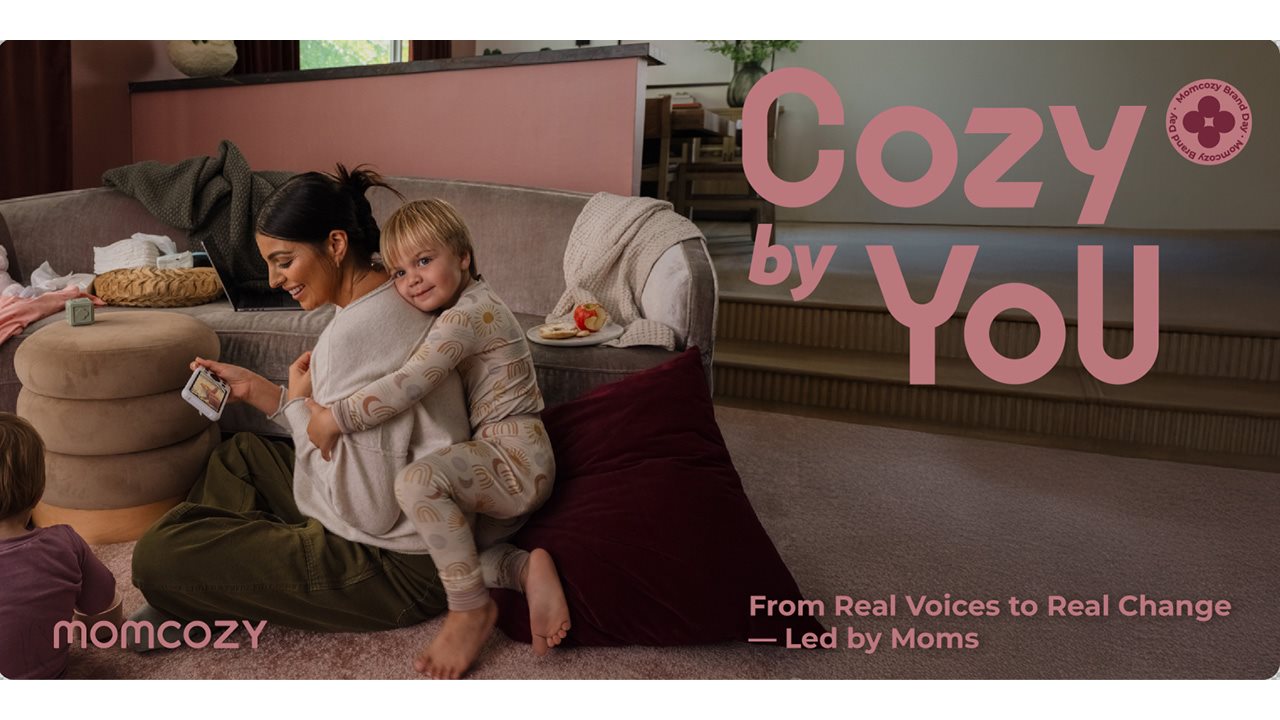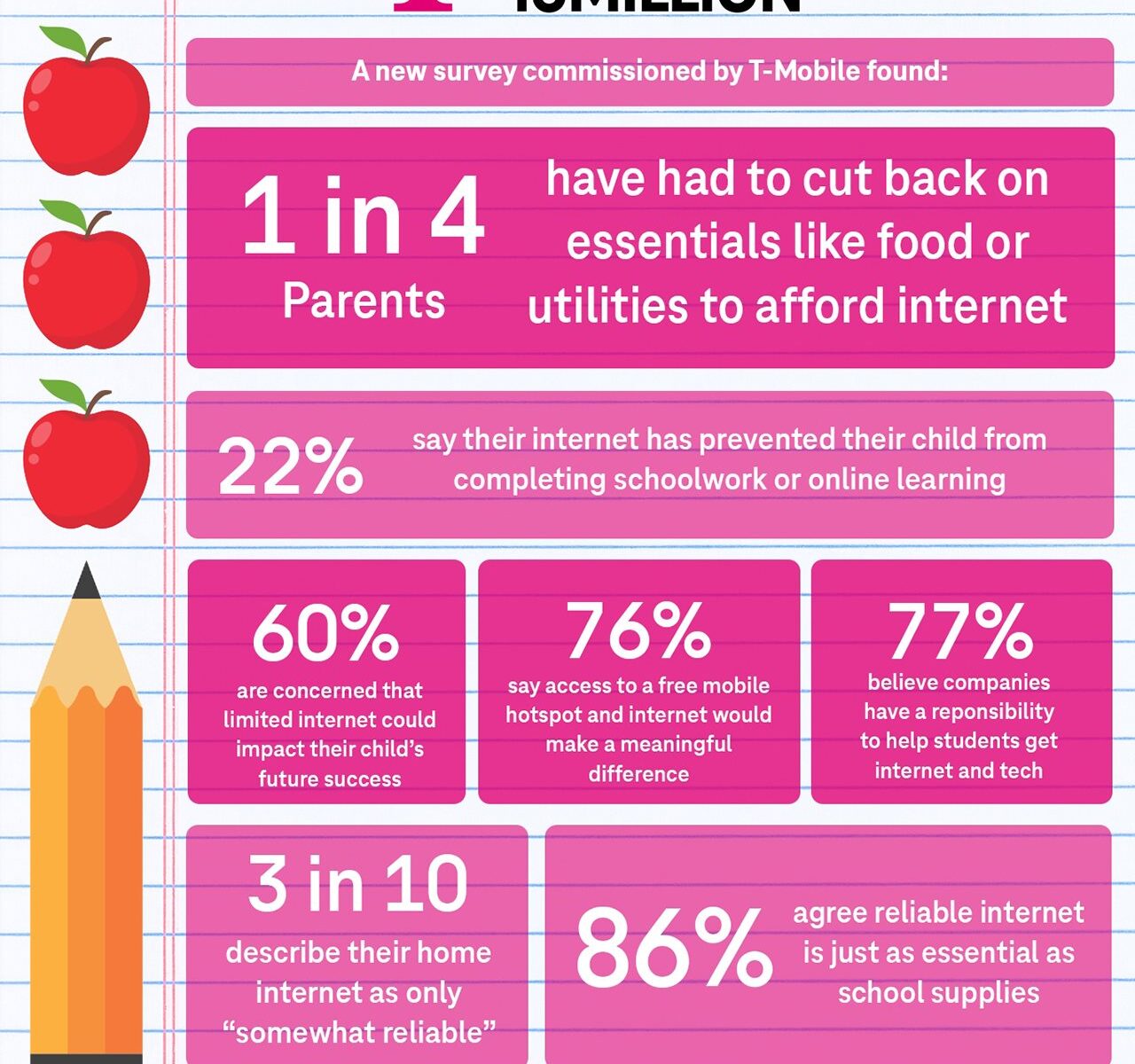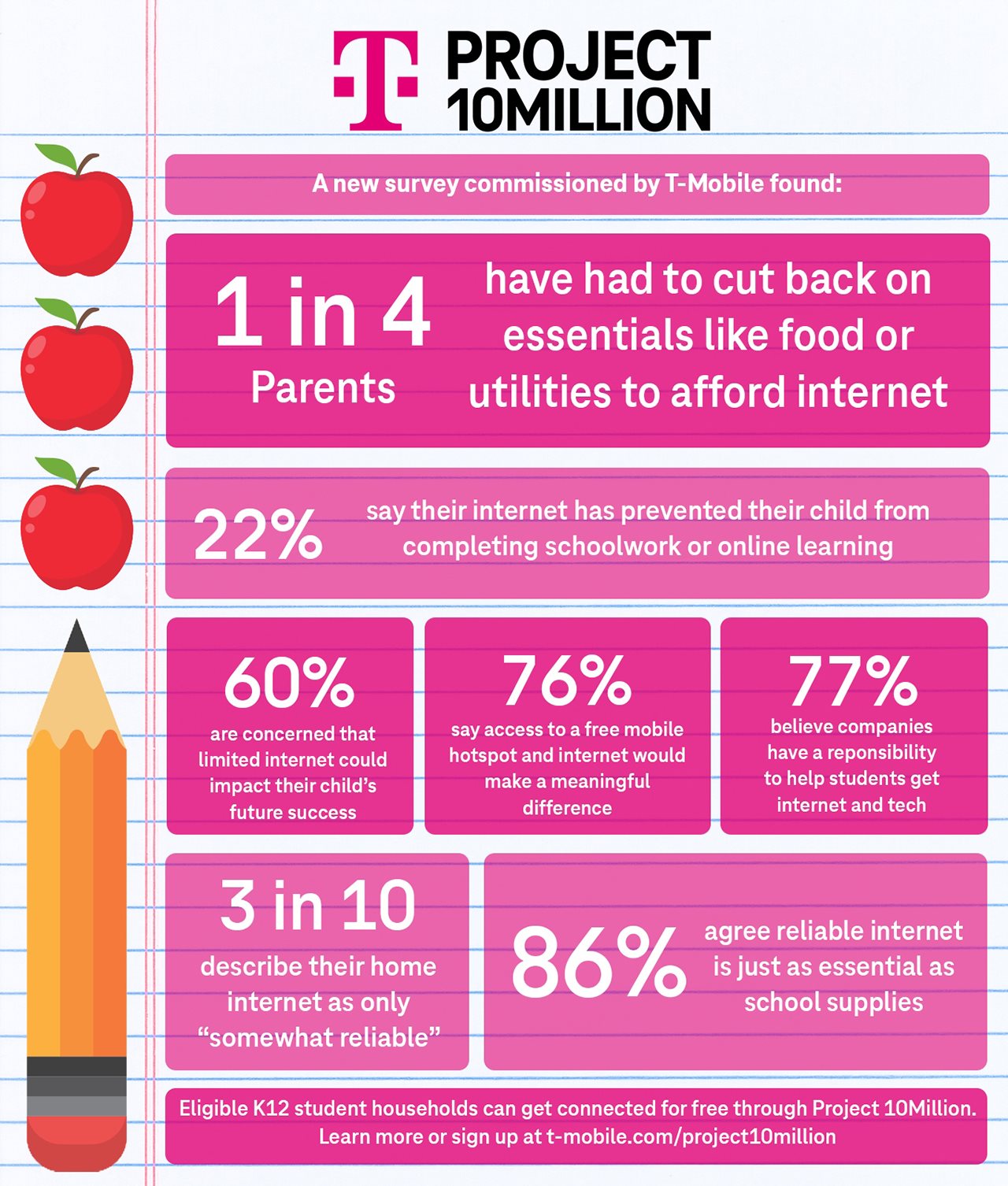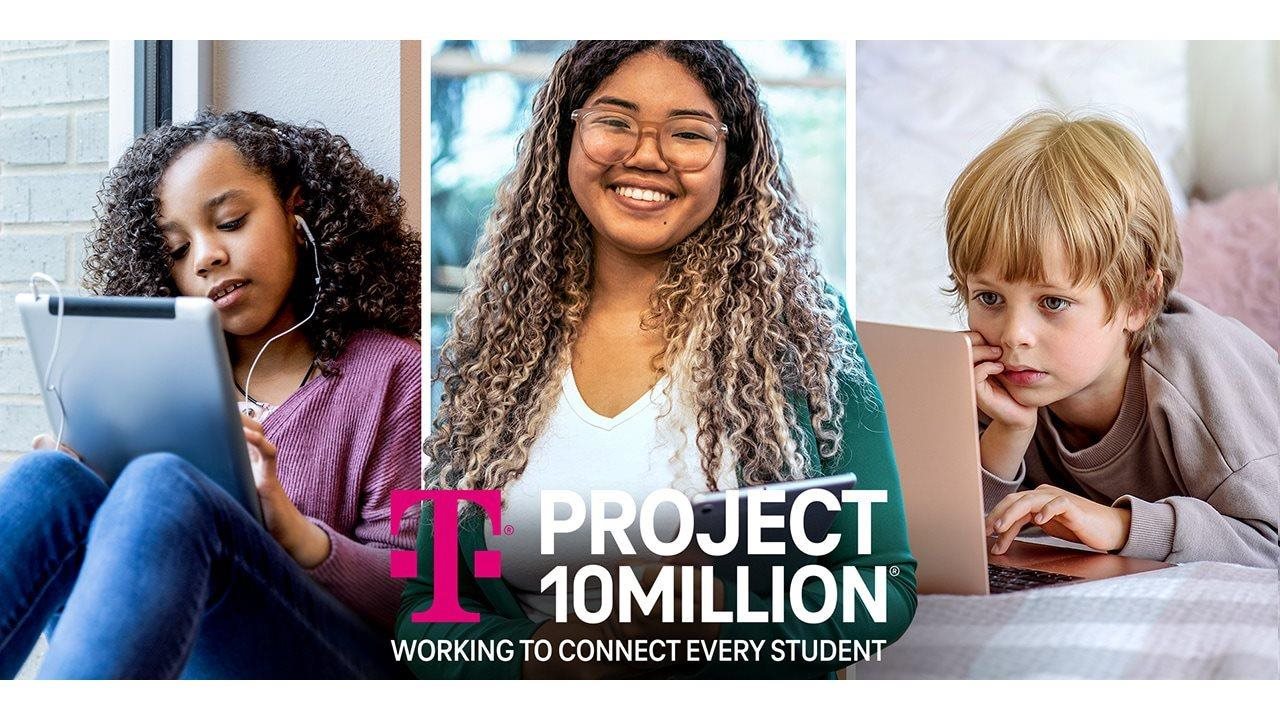2025-09-22T09:01:00
(BPT) – If you are pregnant, you already know how quickly joy can mix with physical strain. Sleepless nights, aching hips, swelling and postpartum soreness affect how you sleep, sit, stand and feed your baby. Many women turn to pregnancy pillows, supportive wraps or recovery garments hoping for relief — yet not all products deliver on their promises.
At the core of Momcozy’s philosophy is a simple but powerful principle: Mom First. As the global No. 1 wearable breast pump brand, Momcozy ensures every product originates from a deep understanding of mothers’ real needs. The brand’s cozy tech approach combines these insights with scientific rigor and expert collaboration, ensuring that innovations like the revolutionary Air 1 breast pump are designed with genuine care and precision.
Here’s what to consider when selecting products that truly support you throughout pregnancy and postpartum recovery.
Choose products inspired by real mothers’ experiences
During the third trimester, many women are advised to sleep on their side. However, the weight of the fetus often places pressure on the hips, back and bladder, leading to discomfort and frequent nighttime trips to the bathroom.
Research published this year by the National Library of Medicine indicates that more than half of pregnant women experience poor sleep quality in the final stages of pregnancy.
Guided by its Mom First ethos, Momcozy developed the PP110 Pregnancy Pillow to address these challenges. Launched in March 2025, its G-shape design and adjustable leg support help redistribute weight, relieve bladder pressure and improve sleep quality. Mothers who tested the pillow reported fewer interruptions and less morning stiffness.
Tip: Choose products shaped by authentic maternal feedback — not assumptions.
Select science-backed designs
Feeding and pumping equipment requires frequent cleaning. Because damp bottles and pump parts can harbor bacteria, many mothers find themselves caught in a relentless cycle of washing, boiling and doubting whether items are fully sanitized.
Momcozy’s Bottle Sterilizer was created to simplify this process. Anchored in the Cozy Tech philosophy, it uses high-temperature steam to eliminate 99.9% of common bacteria. A medical-grade HEPA filter also blocks dust, spores and other airborne contaminants from settling during the drying phase. It’s another example of how the brand transforms daily challenges into reliable solutions.
Tip: Look for products validated by research and testing — not just claims.
Trust expert-verified comfort
While many products promise comfort, independent expert validation helps distinguish truly effective designs from the rest.
Momcozy’s new Air 1 breast pump — the brand’s first fully transparent and lightest model to date — exemplifies the Mom First commitment. Developed through extensive engagement with mothers, its transparent chamber allows users to monitor nipple placement and milk collection, reducing common issues like improper flange fit and suction discomfort. International Board Certified Lactation Consultants (IBCLCs) have endorsed its ergonomic and efficient design.
This expert approval extends beyond breastfeeding products. This year, Momcozy’s Ergonest Maternity Support Belt was awarded the Innovation Award at Kind+Jugend 2025 for excellence in safety, design and functionality — a recognition that underscores the brand’s dedication to trusted quality.
Tip: Choose products endorsed by independent professionals — not just packaging promises.
Make choices that support you
Pregnancy and the postpartum period bring enough challenges without the added stress of product trial and error.
By choosing items inspired by real-world needs, grounded in science and endorsed by experts, you can devote more energy to what truly matters: recovering well and bonding with your baby.

Experience the Mom First difference at Momcozy’s Brand Day, where the brand honors its Cozy by You community. Discover how maternal insights drive meaningful innovations like the Air 1, and explore comfort-certified essentials designed for real motherhood at momcozy.com.















